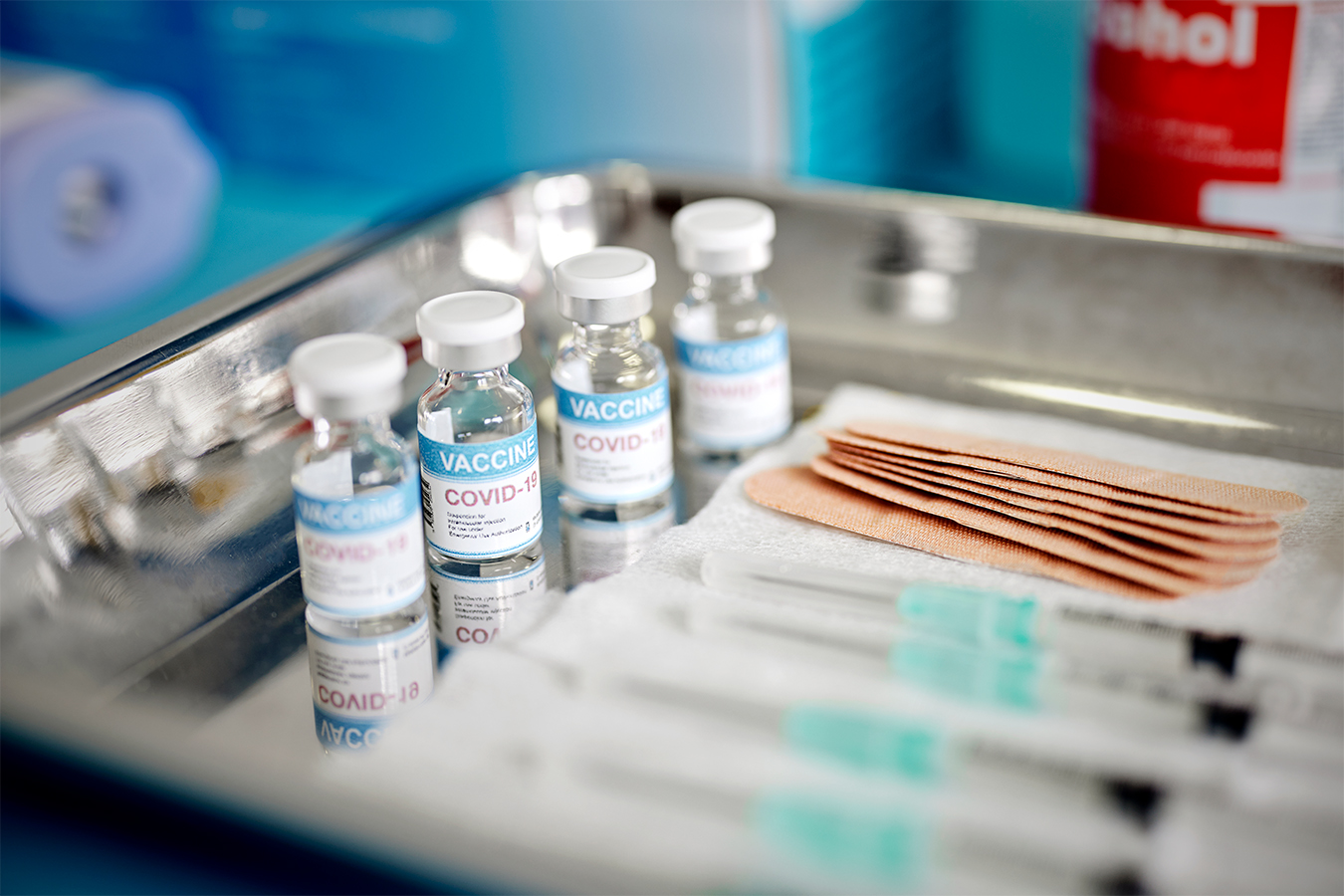

The rapid spread of omicron across the nation — and the finding that vaccines continue to provide strong protection against severe disease — brings covid-19 one step closer, perhaps, to truly earning its place on the list of diseases that have been tamed by vaccines. These include polio, measles, mumps, rubella, and chickenpox, all of which most kids must generally be vaccinated against before they enter school or day care. Some states have announced covid vaccine requirements for certain students.
But not everyone agrees that vaccine mandates for children are the way forward. Sen. Rand Paul, who has opposed vaccine mandates, called omicron “nature’s vaccine.” Seventeen mostly Republican-led states have proactively banned, in some form, covid vaccine requirements for students. Resistance to adopt mandates has profound repercussions, especially as vaccination rates among kids ages 5 to 11 remain alarmingly low — under 15% in some states — even though children 5 and over have been eligible for shots since last fall.
History holds lessons for why low vaccination rates for children are so risky and why officials should strongly consider school mandates for the covid vaccine.
In the United States, children generally must get a number of vaccines before they enter school. Such requirements help ensure an entire generation gets their shots against diseases that were feared for decades — sometimes centuries — before vaccines did their work. Such diseases proved even more terrifying in places that were immunologically “naïve,” showing up in bodies that hadn’t seen them before. That’s the devastating place we were with covid-19 in early 2020.
When explorers brought diseases like measles, which had long circulated on the European continent, to Native populations of the New World, they killed up to an estimated 80% to 95% of the Indigenous population in repeated outbreaks over the ensuing 100 to 150 years. When global travel become more available, the king and queen of Hawaii arrived in England in 1824 and both died there of measles. The virus came back to Hawaii in 1848 and started an epidemic that killed one-quarter of the Native population, by one estimate, then flared to create additional waves that killed more people in the following decades.
Even after vaccines were invented and diseases like measles and chickenpox were no longer common (and not medically dangerous for the average child), the United States continued to mandate school vaccination for different but important reasons.
We vaccinate against chickenpox and measles in part because those diseases can be more deadly for adults, for the immunocompromised, and for babies, whose immune systems are still developing. Like covid.
We vaccinate against mumps, in itself usually a mild disease, because some who get it will suffer serious lasting effects, such as hearing loss or infertility in males who’ve passed puberty. You can draw parallels here with “long covid,” and we still don’t know about the long-term effects of the coronavirus, which can inflame organs.
Also, kids with chickenpox must endure a prolonged, miserable isolation at home. And we vaccinate against the chickenpox virus — and measles — because an outbreak at a school can cause significant disruption if vaccination rates are low, triggering actions like contact tracing and other public health measures.
Just as with the coronavirus today.
We could get lucky and achieve more widespread immunity for covid relatively quickly, after new waves become less and less overwhelming. But even if that happens, many unvaccinated people will die or get seriously ill and some kids will miss school when they didn’t need to. New, potentially more dangerous strains have a better chance to emerge. Do we really want to roll the dice and not take full advantage of this very effective tool at our disposal?
Which path do we want to take to put the pandemic behind us: the quicker, more certain one of mandatory vaccination or a stuttering, drawn-out affair?
Unfortunately, the covid vaccines landed at a time of deep national divides, when science had become politicized and mistrust of government was high. Even parents who get their children the school-required shots have balked at covid vaccines. States and school districts that have announced plans for school vaccination requirements already face backlash.
This is a far cry from the way the public reacted to the introduction of childhood vaccines in the 20th century. People reacted enthusiastically to the availability in 1955 of the vaccine against polio, a disease that could have disastrous health consequences, but — like covid — was asymptomatic or mild in most people who were infected, particularly children. The hesitancy that existed then was not driven by intense partisanship or political division.
One explanation for that era’s enthusiasm for a new shot was that Americans’ memories were long, having lived through fearsome polio outbreaks and the attendant quarantines through much of the mid-20th century. By 1955, many Americans knew someone who had perished from polio or was left partly paralyzed. People have lived with covid for a relatively short amount of time.
Resistance to the covid vaccine will perhaps dissipate once the FDA moves the shot for children from emergency use authorization to full approval and as waves of covid affect more Americans.
Here’s how my thinking about another vaccine was affected a generation ago: My older child got chickenpox before the shot was available and spent hours in oatmeal baths covered with hundreds of itchy blisters. She couldn’t return to preschool (nor I to work) for 10 days, until her blisters scabbed over; some scars took years to fade.
So when the chickenpox vaccine came to market in 1995, I raced to get my 2-year-old the shot. He still got chickenpox, but a mild case, just like most breakthrough covid cases: One evening while he was playing, I noticed two telltale blisters on his upper arm that disappeared within 24 hours. He didn’t miss a single play date.
Like many childhood vaccines, that shot protected him, our family, my work, our caregiver, his toddler classes, his grandmother, and all the vulnerable people we had come in contact with at the market or on the subway. If we want to bring this pandemic to a rapid denouement, vaccinating schoolchildren can have the same ripple effect and may well be the best way to go.
more recommended stories
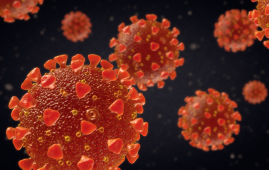 Study Reveals Cold May Impact SARS-CoV-2 Infection Rates
Study Reveals Cold May Impact SARS-CoV-2 Infection RatesThe Unexpected Protective Role of Rhinoviruses.
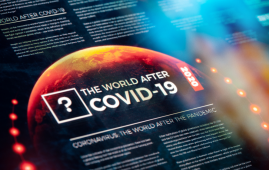 Heart, Lung, & Brain Risks Persist in COVID-19 Survivors
Heart, Lung, & Brain Risks Persist in COVID-19 SurvivorsA French nationwide study reveals that.
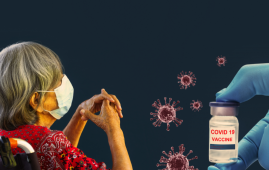 How COVID-19 and Vaccines Differ in Heart Inflammation
How COVID-19 and Vaccines Differ in Heart InflammationA team of international researchers led.
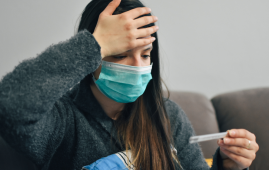 Long COVID: Extended Paxlovid Treatment Offers Hope
Long COVID: Extended Paxlovid Treatment Offers HopeA new case series by UC.
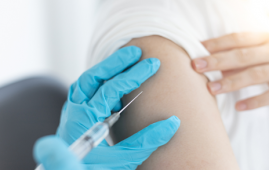 RSV Vaccine Response in Immunocompromised Adults
RSV Vaccine Response in Immunocompromised AdultsAccording to Johns Hopkins Medicine researchers,.
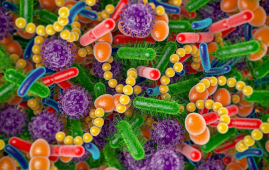 Gut Microbiome Predicts Long COVID Risk
Gut Microbiome Predicts Long COVID RiskIn a recent pre-print study published.
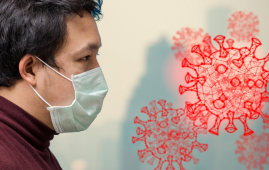 COVID-19 & Autoimmune Care Hope: Natural Proteins
COVID-19 & Autoimmune Care Hope: Natural ProteinsRecent research at Umeå University reveals.
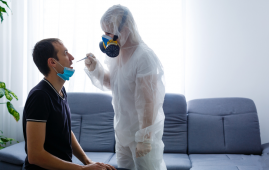 FasL Inhibitor Asunercept Speeds COVID-19 Recovery
FasL Inhibitor Asunercept Speeds COVID-19 RecoveryA new clinical trial demonstrates that.
 Impact of COVID-19 mRNA Vaccine on Myocardial Scarring
Impact of COVID-19 mRNA Vaccine on Myocardial ScarringA new study found a greater.
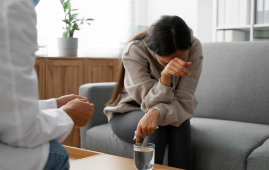 Long-term Cognitive and Psychiatric Issues in COVID-19 Survivors
Long-term Cognitive and Psychiatric Issues in COVID-19 SurvivorsA new study published in The.

Leave a Comment